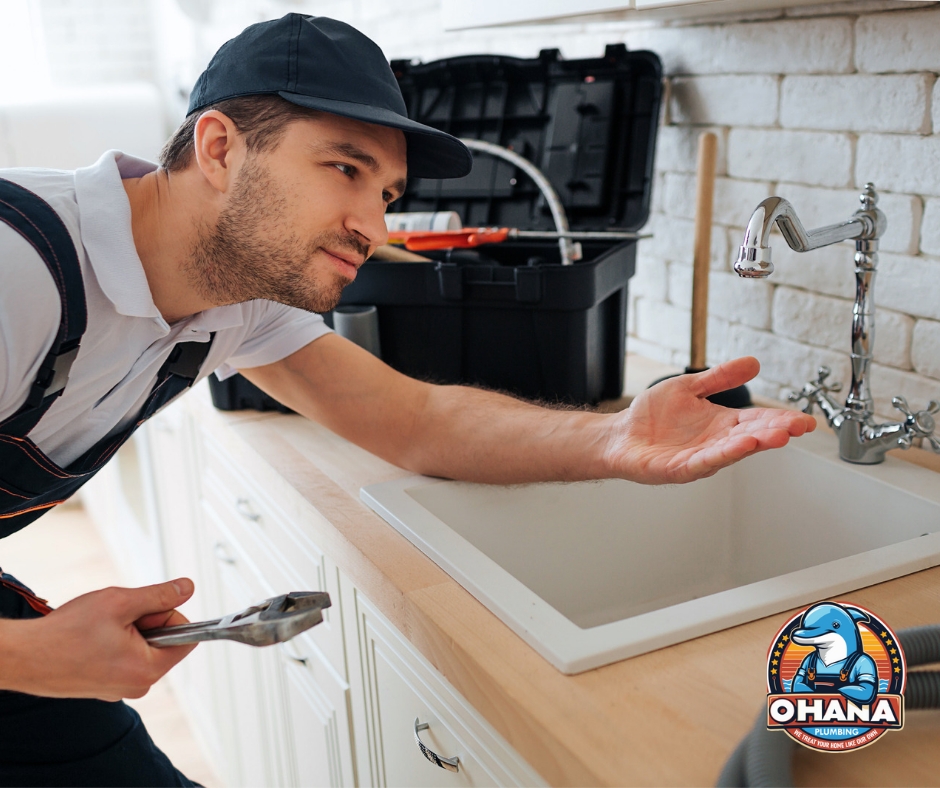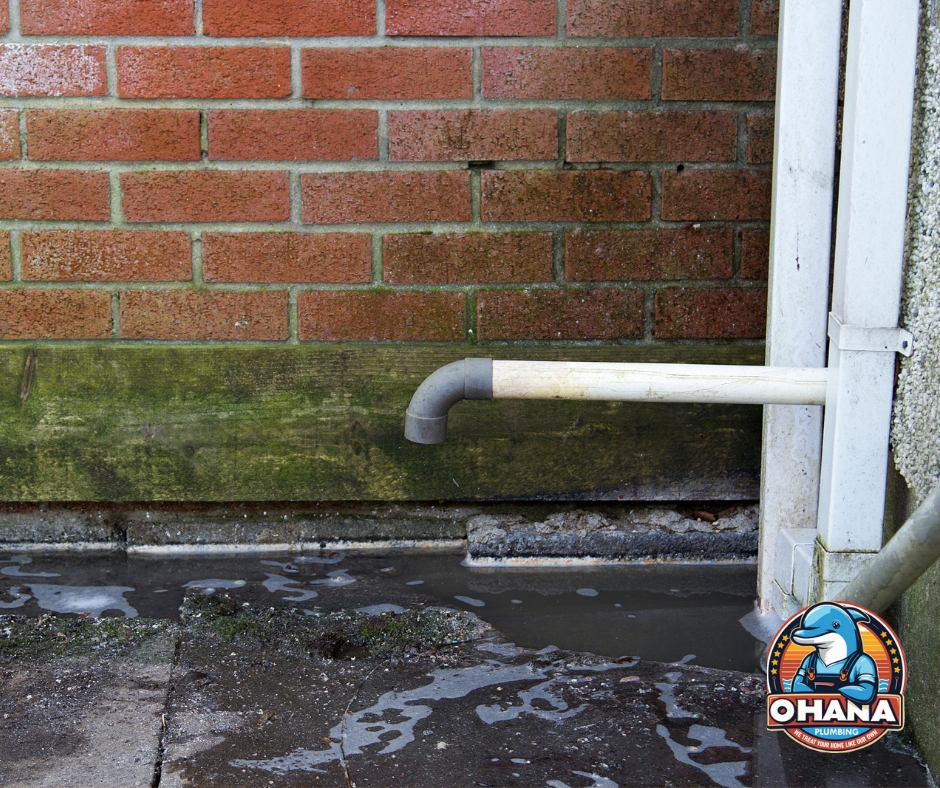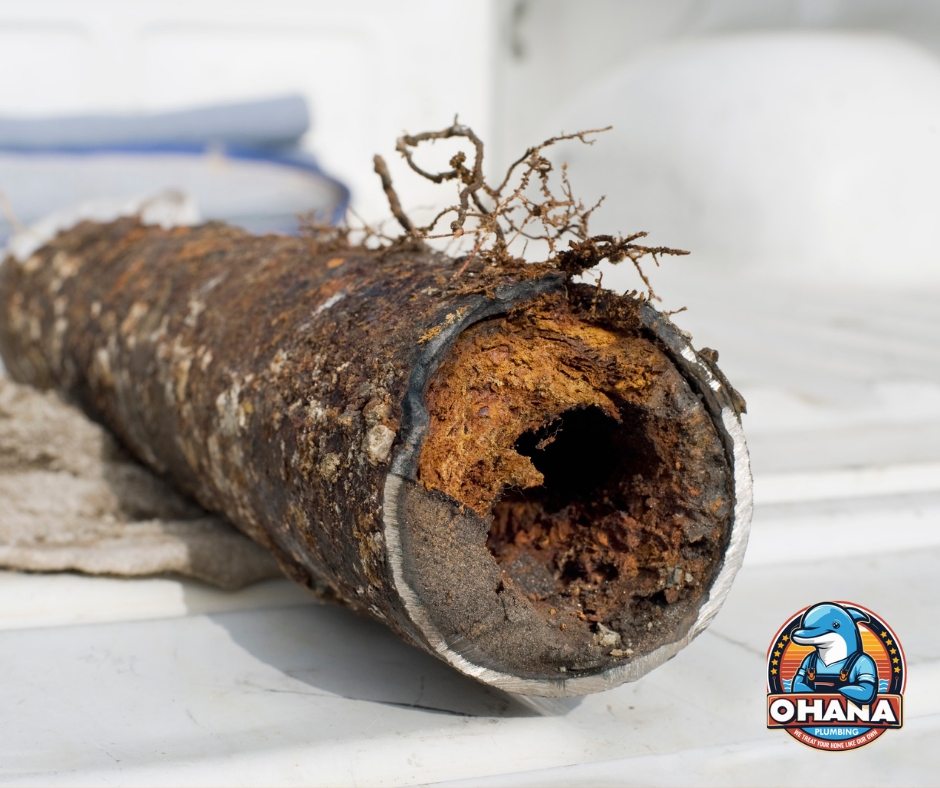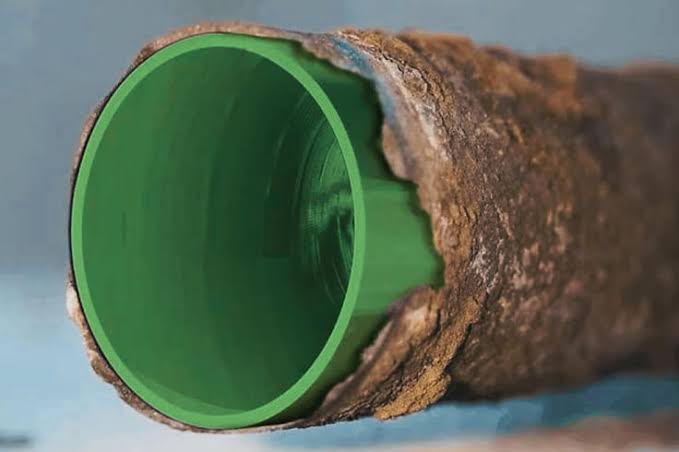Leaking taps are a common plumbing issue that may seem like a minor inconvenience, but they can lead to larger problems if left unaddressed. At Ohana Plumbing, we believe in educating homeowners on why it’s important to fix those annoying drips and how doing so can save you money, protect your home, and conserve water.
Why Do Taps Leak?
Taps leak for various reasons, and understanding the root cause is key to resolving the issue. Some common reasons include:
- Worn Out Washers: Over time, the rubber or ceramic washers inside your tap can wear down from frequent use. This is one of the most common causes of a leaking tap. When these washers don’t seal properly, water continues to seep through even when the tap is turned off.
- Damaged O-Ring: The O-ring is a small rubber ring at the base of the tap’s stem, and if it’s damaged or worn, it can cause water to leak near the handle.
- Corroded Valve Seat: The valve seat connects the tap to the spout, and corrosion over time can prevent a proper seal, leading to drips.
- High Water Pressure: Excessive water pressure can force water through weak points in your tap’s plumbing, contributing to a leak.
The Cost of Ignoring a Leaking Tap
A dripping tap is more than just a waste of water—it can cost you financially and impact the environment. Let’s break down the reasons you should never ignore a leak:
- Increased Water Bills: A single dripping tap can waste up to 20,000 liters of water a year. This unnecessary water usage leads to higher water bills, which can accumulate into a substantial cost over time.
- Potential Water Damage: If a leak is left unchecked, it can cause damage to surrounding surfaces such as countertops, sinks, and even flooring. Over time, water damage can lead to rot and mold, which are expensive to repair and can be harmful to your health.
- Environmental Impact: Water is a precious resource, and wasting it has broader environmental implications. Fixing leaking taps is an easy way to reduce your household’s water footprint and contribute to water conservation efforts.
How to Fix a Leaking Tap
While some homeowners may attempt to fix a leaking tap on their own, it’s important to recognize when to call a professional plumber. Here’s a basic overview of the repair process:
- Turn Off the Water Supply: Before starting any repair, make sure to turn off the water to the affected tap to prevent water spillage.
- Disassemble the Tap: You’ll need to remove the handle and internal components to access the washer, O-ring, or valve seat.
- Replace Damaged Components: If the washer, O-ring, or valve seat is worn out or corroded, replace them with new parts. If the issue is due to high water pressure, a plumber can install a pressure-reducing valve to prevent future leaks.
- Reassemble the Tap: After replacing the damaged parts, reassemble the tap, turn the water supply back on, and test to ensure the leak is fixed.
When to Call a Plumber
Some tap leaks are straightforward, while others can be more complex or linked to bigger plumbing issues. If you’ve tried to fix the leak without success or notice recurring problems, it’s time to call a licensed plumber. At Ohana Plumbing, we’re here to offer professional advice, accurate diagnostics, and efficient repairs to keep your plumbing in top shape.
Conclusion
A leaking tap may seem like a small problem, but ignoring it can lead to costly consequences. Whether it’s wasted water, high utility bills, or potential water damage, it’s best to address the issue early. At Ohana Plumbing, we pride ourselves on offering transparent, reliable plumbing services to fix your leaking taps with long-lasting results.
Don’t let a small drip become a big headache—contact Ohana Plumbing today for a fast and effective solution!









